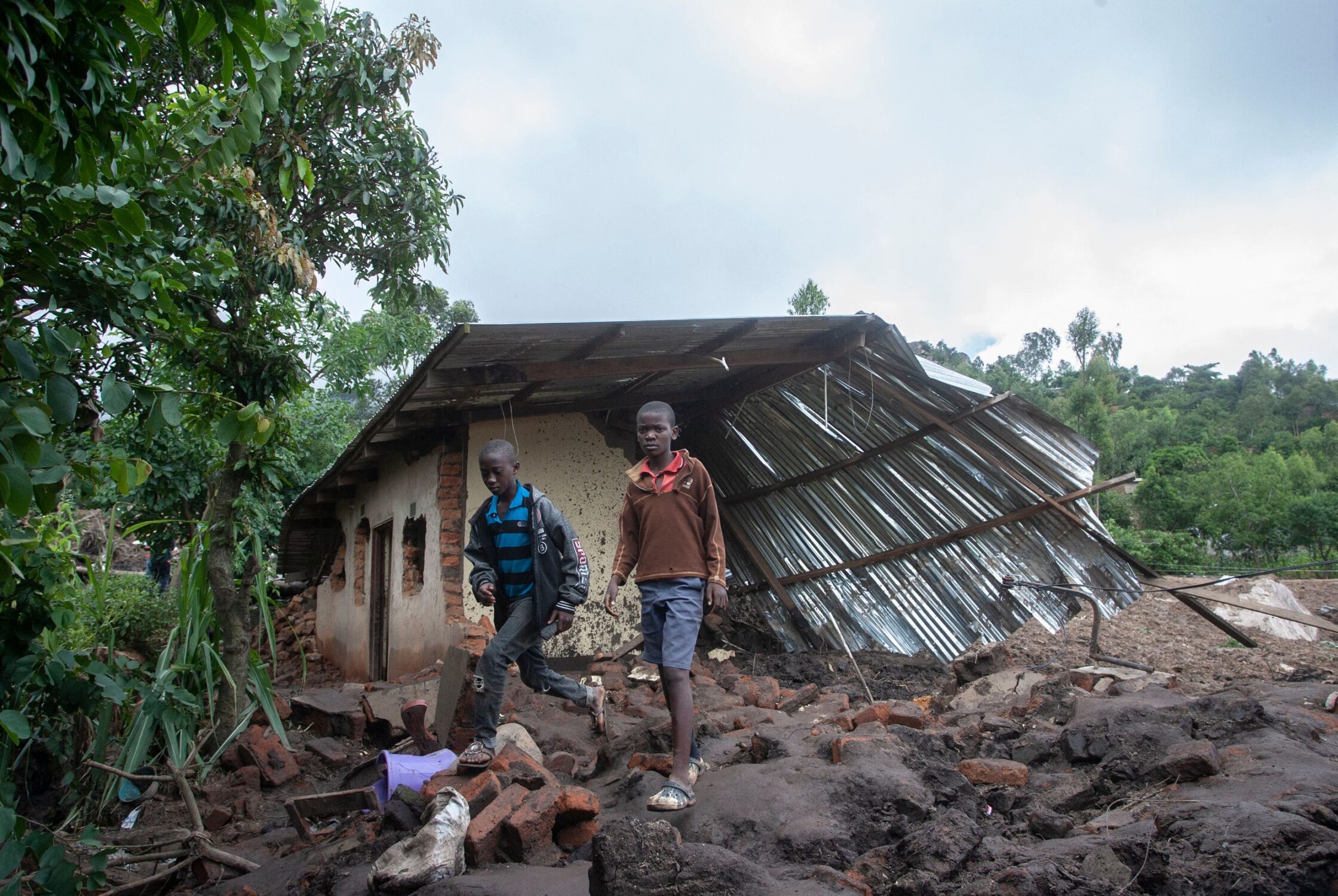Malawi: The Canary in the Coalmine

When it comes to climate change, don’t take your eyes off Southern Africa.
In February, Malawi was hit by the longest-lasting cyclone ever recorded. Cyclone Freddy brought a deluge of rainfall—the equivalent of six months in just six days—displacing more than 500,000 people and cutting off access to a large part of the population dependent on food assistance. The storm was only the latest in a deadly string of natural disasters to punish Southern Africa. In recent years, Malawi has been in a perpetual cycle of rescue, recovery, and rebuilding. Its experience serves as a warning: Southern African governments must act now to ready the region for continued climate shocks.
As in years past, the international relief response to the disaster has fallen short, and the population is still reeling. As these disasters become more frequent, countries like Malawi need to look closer to home for timely and effective humanitarian support. The Southern African Development Community (SADC), the regional body focused on economic cooperation, is an important part of the solution.
Before Cyclone Freddy hit, about 20 percent of people in Malawi needed food assistance. The food crisis has been compounded by the price of maize skyrocketing 300 percent since the cyclone made landfall – compared to the same time last year. The rise in global oil prices further exacerbates the financial hardship. The World Food Program (WFP) currently faces a funding shortfall of U.S. $48 million to provide for 1.6 million affected people. So far WFP has been able to provide assistance to just 97,000 people.
SADC has the opportunity to ensure member states do not anguish. Regional responses have the benefit of utilizing a collective strength and harnessing different expertise in solving shared challenges. The bureaucratic red tape of the international humanitarian aid system stifles rapid responses and creates a logistical bottleneck for aid delivery. The war in Ukraine has been a sunlight disinfectant on the fragility of the global logistical and supply chain system, and with that the limitations of a global humanitarian response to concurrent crises. Complex crises are straining an outdated system that remains blindsided to what people who are affected by crisis actually need.
But mechanisms within the regional block need to be rejuvenated and improved to be relevant and successful in preparedness and disaster response.
One clear gap for the region is adequate funding, which limits preparedness and deployment capabilities. In 2015, SADC set up a pooled fund for disaster and preparedness. This fund needs to scale up and have a stronger component of international cooperating partners. The budget for the 22/23-year Disaster Risk Reduction is just over a half a million dollars, and its Disaster Preparedness and Response Fund is 5 percent of the secretariat budget allocation for that fiscal year – which varies. In 2016/17, the fund had U.S. $1.9 million – a pittance.
SADC should also expand joint military exercises with the three largest air forces in the region—Angola, South Africa, and Zambia—to provide strategic and expert support on search and rescue efforts. Following Cyclone Freddy, bridges were washed away, and roads remained inaccessible. Air support for relief efforts wasn’t only the smart option – it was the only option. There will be a need to further invest in unmanned aerial vehicles (UAVs) and satellite imagery mapping to delineate the best evacuation routes and record areas that require assistance and aid delivery.
Other regions in the world that are more accustomed to strong weather patterns have highlighted the need for and importance of a well-funded and coordinated regional response that integrates the logistical prowess of national militaries. The Association of Southeast Asian Nations (ASEAN) has a well-coordinated regional strategy towards emergency response and preparedness in partnership with the United Nations and international organizations. ASEAN, through its well-coordinated military air support, can rapidly deploy search and rescue teams and deliver lifesaving assistance. By having joint military exercises, ASEAN states have been able to be nimble. SADC can draw lessons and good practices from their efforts.
Finally, the region must invest more money and training in regional and local NGOs. Regional and local NGOs are usually the first ones on the scene and provide the delivery of aid to those hardest to reach before international actors can arrive. There are fewer constraints when sending first responders and providing air support to rescue those affected by a disaster. With a coherent local response, bottle necks are limited.
The personal, social, and economic cost of Cyclone Freddy is a foreshadowing of what is to come. SADC cannot depend on a distracted international response mechanism; it needs to mobilize and strengthen its own capabilities to be ready when the next cyclone hits. Climate-related disasters will undermine any economic development SADC was designed to promote unless it gets this right.
Featured Image: Young boys pass by a house demolished by mudslide in Blantyre, southern Malawi, on March 17, 2023. (Photo by AMOS GUMULIRA/AFP via Getty Images)